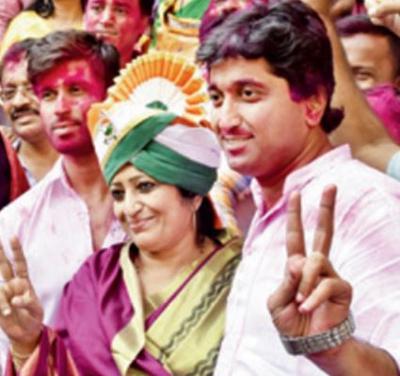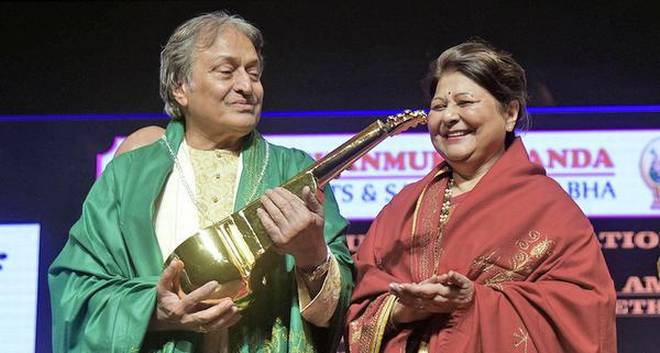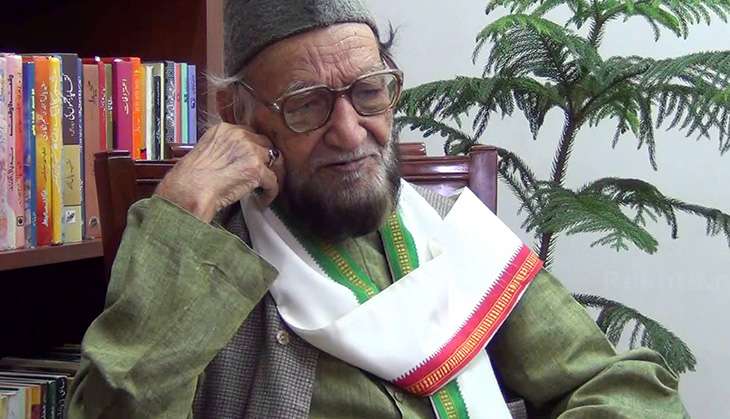Mangaluru , KARNATAKA :
Renita Lobo, Shamitha Rao, Sameera K and Fouzia B S have been selected for the second Mangaluru Press Club Award 2016.
Renita and Shamitha, both residents of Mangaluru, began an ambitious journey two decades ago to provide quality education to the underprivileged. Sameera and Fouzia, who are residents of Kadaba, on the other hand, started a school for dropouts.
A committee led by Hampi Kannada University former vice chancellor Prof B A Viveka Rai, renowned theatre director Sadananda Suvarna and School of Social Work Roshni Nilaya retired professor Rita Noronha selected the four awardees.
The award will be presented at Mangaluru Press Club Day celebrations at Scouts Bhavan in Lalbagh on December 18. District In-charge Minister B Ramanath Rai will present the award. The award carries a cash prize of Rs 10,001, a citation and a memento.
Renita and Shamitha
The journey of Renita and Shamitha began in 1995, after they completed their graduation in a college in Mangaluru and took up a teaching job in a school in Ramanagar. When the school closed down, they shifted to Siddapur to teach the students of LKG and 1st Standard at one of the schools there.
As they were paid a meagre Rs 500 a month as salary, they decided to quit their job, when local residents requested them to open a school in a remote area. Subsequently, a makeshift school was opened in 1998, with 12 students.
From then onwards, there was no looking back. In 2002, they purchased their own land and constructed a building with four rooms. Each room had two classrooms with partitions. Now, they could handle eight classes simultaneously.
By the time they started Class 7, the school’s overall strength had increased to 200 students, with 14 students enrolling in Class 7.
“Although we added a class every year, we stopped at Class 7 as we felt that high school was not our cup of tea. However, when we informed the Bishop about our inability to start a high school, he referred us to Sr Maria Goretti of SRA congregation, who donated Rs 4.9 lakh and motivated us to start high school,” recalls Renita.
Although they could manage the infrastructure, they had the Herculean task of getting the required number of 40 students to start Class 8.
“As there were only 14 students in 7th Standard, touching the 40 mark looked impossible. We decided to go from door-to-door in all the surrounding villages and
we managed to cross the magical mark of 40 with 41 students getting the admission
to 8th standard,” reveals Shamitha.
As most of the parents were not formally educated and the students were poor in English, Renita and Shamitha conducted special classes in English during the summer holidays. They also took various other steps like special classes to improve their academic performance.
“When Karthik Ranjan from the first batch of SSLC students scored 606 and became the 2nd topper in Kundapur taluk, we were on cloud nine,” they recall fondly.
The achievement of the first batch of students carved a niche for the school, which was unheard of till then. Quite interestingly, the school has registered 100% results every year, since its inception. Apart from academics, the school also offers training in karate, Bharatanatyam, music, activities like Ayurdhama (growing medicinal plants), eco club and science club.
Fearing that the students may discontinue their studies after SSLC, they began the Pre-university College programme when the first batch was out in 2009. Initially, Chemistry, Electronics and Computer Science were offered; Biology was added in 2010 and Statistics in 2014. The duo’s hardwork has paid dividends in the form of students taking up higher education.
Now, with 1,050 students and 60 teaching and non-teaching staff, the school stands tall, reflecting the dedicated efforts of two young girls to make education accessible to the children of uneducated parents in a remote village, which lacks basic facility even to this day.
Sameera and Fouzia
Sameera K and Fouzia B S, became ray of hope in the life of underprivileged after they set up a college in Kadaba about 70 kilometres from Mangaluru in 2013, named AIM’s first grade college.
Sameera from Kadaba completed her post-graduation in Political Science in 2012, while Fouzia, from Athoor, and a year senior, completed her post-graduation in Kannada.
The duo became friends when they stayed at the hostel for minority students at Deralakkate near the University. It was here that they would have long discussions about the need to set up an educational institution.
Initially, it was Sundar Gowda Mandekar who gave the girls a building on rent to start a school. As a first step, they set up AMS school named after the initials of their parents in 2012. This was a school mainly for SSLC and PUC dropouts. The same year, they applied for affiliation to the Mangalore University and went on to start AIM’s College for BA and BCom, but continued with their school for dropouts. There are a total of 180 students, both boys and girls, including SSLC and PU dropouts.
“Our target is poor students and we see to it that they get the best education. There are tie-ups with various organisations and associations for scholarships and other benefits. Regular counselling is given to the parents too,” Fouzia said and added that they impart vocational training courses for homemakers.
Stating that there are many auto drivers keen on completing SSLC, she said that while there is a regular batch for dropouts, for those who cannot attend regular classes, they conduct weekend classes.
source: http://www.deccanherald.com / Deccan Herald / Home> District / DHNS – Mangaluru, December 14th, 2016














